Must-read Shopify Store Requirements - Launch Checklist
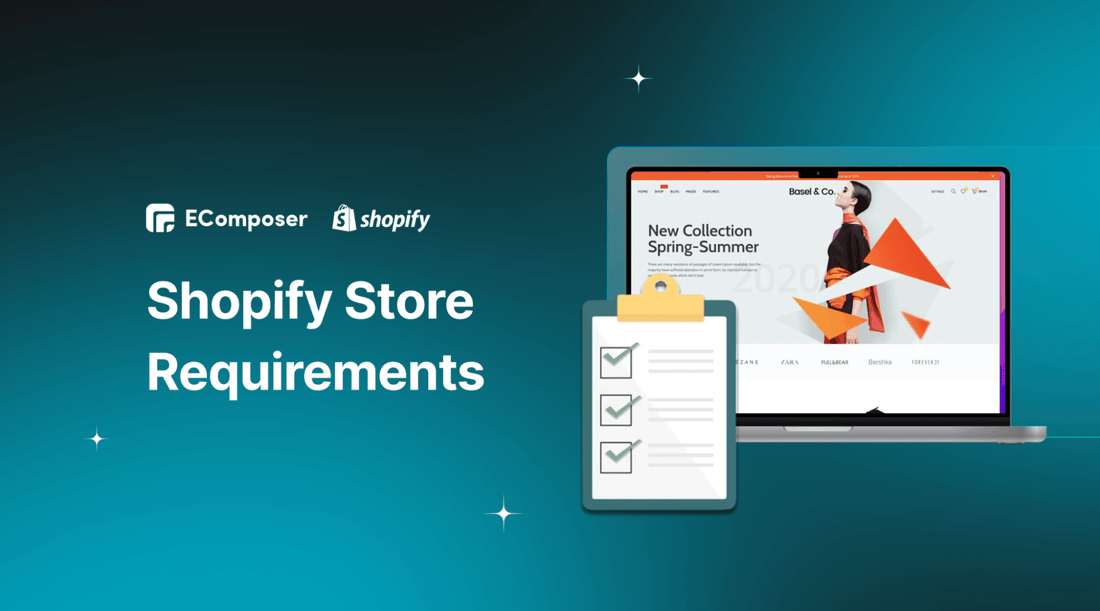
Table Of Contents
If you're planning to start an e-commerce business, launching a Shopify store is one of the best decisions you can make. Shopify is an all-in-one e-commerce platform that provides you with everything you need to start and run a successful online store. However, launching a Shopify store requires careful planning and attention to detail.
To ensure your store is ready for customers, there are certain requirements and steps you must follow. In this blog post, we'll provide you with a comprehensive checklist of the must-read Shopify store requirements for a successful launch. Whether you're starting from scratch or migrating from another platform, this checklist will help you cover all the bases and set your store up for success from day one.
Why do you choose Shopify?

Shopify is a robust and versatile e-commerce platform that empowers businesses to create and manage their online store with ease. At its core, Shopify provides an intuitive interface that simplifies the setup and management of online stores, making it accessible to users of all technical abilities.
It is a popular choice for online businesses because it offers an easy-to-use interface and a wide range of features that simplify the process of setting up and managing an online store. Shopify offers several advantages:
Flexibility
The platform offers a wide range of customizable templates and features that allow businesses to create a unique and professional-looking storefront that aligns with their brand. This includes everything from customizing the design and layout of the store to managing inventory and processing payments from customers all over the world.
Scalability
Whether you're just starting or running a large enterprise-level online store, Shopify can accommodate your needs. It offers a range of pricing plans that scale with your business, ensuring that you only pay for the features and functionality that you need.
User-friendly
Shopify's interface is designed to be easy to use, with a clean and intuitive layout that makes it simple for anyone to set up and configure their online store. Even if you don't have any technical expertise, you can quickly get started by choosing from a variety of pre-designed templates and customizing them to fit your needs.
[ecom-global-block]ecom-shopify-trial-block[/ecom-global-block]
Customizable
Shopify offers a wide range of customization options that allow businesses to create a unique and professional-looking storefront that aligns with their brand. You can choose from hundreds of templates and modify them using the built-in drag-and-drop editor or by editing the HTML and CSS directly. Shopify also provides a robust API that allows developers to build custom integrations and applications.
Payment processing
Shopify integrates with a variety of payment gateways, including PayPal, Stripe, and Shopify Payments, making it easy for businesses to accept payments from customers all over the world. The platform also supports multiple currencies, so you can sell products in different regions without having to worry about currency conversion.
Inventory management
Shopify provides an efficient way to manage inventory across multiple sales channels, including online and in-person sales. You can track inventory levels in real-time, set up automatic alerts when items are running low, and even integrate with third-party shipping and fulfilment services to streamline your operations.
App integrations
Shopify integrates with hundreds of third-party apps and services, allowing businesses to add additional functionality to their online stores. These include apps for marketing automation, social media integration, email marketing, and much more. With such a broad range of integrations available, you can customize your Shopify store to meet virtually any business need.
Overall, Shopify is an all-in-one e-commerce solution that can help businesses of all sizes succeed online. With its user-friendly interface, customizable templates, and extensive range of features, it's easy to see why so many businesses choose Shopify as their preferred e-commerce platform.
The Importance of Checking Shopify store requirements
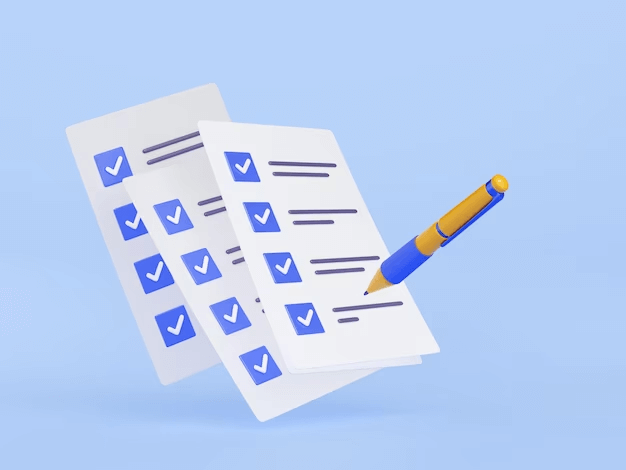
You need to check Shopify store requirements before launching your store because it ensures that your store meets the minimum technical specifications necessary for optimal performance and functionality. By following a launch checklist, you can ensure that all aspects of your store are in order and any issues are addressed before going live.
Here are some reasons why you should check Shopify store requirements:
- Avoid technical issues: Launching a store without checking the requirements can lead to technical issues such as slow loading times, broken links, and security vulnerabilities. A launch checklist helps you identify and fix these issues before they become problematic.
- Ensure compatibility: Checking theme compatibility, third-party app compatibility, and web browser compatibility before launching your store can help ensure that your website displays correctly across multiple devices and platforms.
- Enhance customer experience: By ensuring that your store meets the minimum technical standards required for optimal performance, you can provide a better shopping experience for your customers.
- Improve SEO: A launch checklist can include steps to optimize your store for search engines, which can improve your chances of being found by potential customers.
Overall, checking Shopify store requirements and using a launch checklist can help ensure a smooth and successful launch for your online store.
Shopify store requirements: Must-know launch checklist
Check out the Shopify store requirements below to prepare the best for your Shopify store.
Products

It may seem obvious, but the first requirement for selling on Shopify is having a product or products to offer. It should be noted that Shopify has restrictions on certain products that can't be sold on its platform, such as those promoting self-harm, weapons, firearm parts, and products with malicious intent towards a specific group. It's important to keep in mind that Shopify is not suitable for businesses that solely sell services.
Sale channels selection
According to Statista, the projected number of digital buyers in the US is set to reach 284.6 million by the year 2025. As customers increasingly demand a seamless shopping experience from businesses, especially during peak shopping periods, retailers must be present on various channels to cater to their buyers effectively.
To take advantage of multi-channel retailing for your online store, identify the most suitable social media and marketplace channels for your brand and integrate them into your sales strategy.
Domain name

A domain name is the web address where customers can find an online store. In other words, it's the unique identifier that people will use to access your website. A domain name is essential for creating a professional image and building trust with customers.
Moreover, It's much easier for customers to remember and type in a branded domain name than a long and complex URL. Having a domain name also helps you establish your online presence and brand identity.
There are two ways to set up a domain name on Shopify: purchasing a new domain or connecting an existing one. You can purchase a new domain through Shopify by selecting a domain name and following the prompts. You can also connect an existing domain by entering the domain name and configuring the DNS settings.
Shopify subscription

A Shopify subscription provides access to all the tools and features needed to create and manage an eCommerce store. Shopify offers several pricing plans, ranging from basic to advanced, to cater to the needs of businesses of all sizes.
A Shopify subscription is necessary to create and manage an online store, access marketing and sales tools, process payments, and track orders and inventory.
How do you subscribe to Shopify? Online merchants can sign up for a Shopify account here selecting a pricing plan that suits your business needs and budget. Join Shopify now to enjoy the first month with only $1.
Store Setup (payment, checkout)

Setting up payment and checkout options is essential for processing transactions smoothly and ensuring customer satisfaction. Merchants need to configure payment gateways, shipping methods, taxes, and other settings.
Without a proper store setup, merchants may struggle to process payments or deal with customer complaints. Customers expect an easy and seamless checkout experience, and any issues or delays could lead to cart abandonment and lost sales.
You can set up payment and checkout options by navigating to the Settings > Payment Providers section in their Shopify dashboard. Then choose from a range of payment gateways such as PayPal, credit cards, and Apple Pay, and configure shipping options, taxes, and other settings.
Store Design
An attractive and easy-to-use store design is crucial for attracting and retaining customers. You need to choose a theme that fits your brand, customize its design and layout, and optimize it for search engines.
A visually appealing and user-friendly store design can help you attract more traffic, improve engagement, and increase conversions. A well-designed online store also helps establish a professional image and build trust with customers.
To create a stunning Shopify store, you can customize the store design by selecting a theme from the Shopify Theme Store or using a third-party theme with a more affordable price. You can then use the built-in theme editor to modify the design and layout of your store, upload images and videos, and add custom content.
Besides, you can you Shopify page builder app to make a professional Shopify store with ease. EComposer is a top-rated Shopify page builder. This app enables you to create any type of page freely such as landing page, homepage, about us page, contact us page, thank you page, collection page, policy page and so on.

Especially, you can save time and effort with EComposer's powerful drag-drop editor. Also, if you get any troubles when using the app, the support team is ready to assist you via 24/7 live chat. Install EComposer now to enjoy its great features.
Marketing strategy

A marketing strategy is essential for promoting an eCommerce store and driving traffic to it. You need to develop a plan that includes various channels such as social media, email marketing, content marketing, and paid advertising.
A good marketing plan can attract new customers, retain existing ones, and establish a brand identity. Without a marketing strategy, you may struggle to generate traffic and sales and lose out to competitors.
You can create a marketing strategy by identifying your target audience, setting goals and objectives, and developing campaigns and content that resonate with your audience. You can use various channels such as social media, email marketing, content marketing, and paid advertising to reach and engage with customers.
Email notifications

Email notifications are messages that inform customers about the launching or updates. You need to customize the email notifications with your branding, provide accurate and timely information, and encourage engagement and repeat purchases.
Email notifications are essential for keeping customers informed and engaged throughout the purchase process. Engaging and informative email notifications can improve customer satisfaction, reduce support requests, and increase repeat purchases.
You can customize the email notifications by navigating to the Notifications section in their Shopify dashboard. They can choose from a range of pre-built email templates and customize the content, branding, and timing of each notification. You should ensure that the email notifications are informative, accurate, and relevant to the customer's purchase journey.
In summary, launching an eCommerce store on Shopify requires several essential steps. Online merchants can follow these steps to create a professional and successful online store on Shopify.
[ecom-global-block]ecom-shopify-commerce-coach-block[/ecom-global-block]
Wrapping Up
In conclusion, launching a Shopify store requires careful planning and execution to ensure its success. By following the essential Shopify store requirements, you can create a visually appealing, user-friendly, and profitable online store.
It's crucial to choose a suitable theme, set up secure payment gateways, create informative pages, installs necessary apps, test functionality, and develop a marketing plan.
However, remember that launching is just the beginning, and you need to continue maintaining, updating and improving your store to thrive in the competitive eCommerce market. If you're ready to launch your dream Shopify store, use this checklist as your guide to cover all the essential requirements, and you'll be well on your way to building a successful online business.









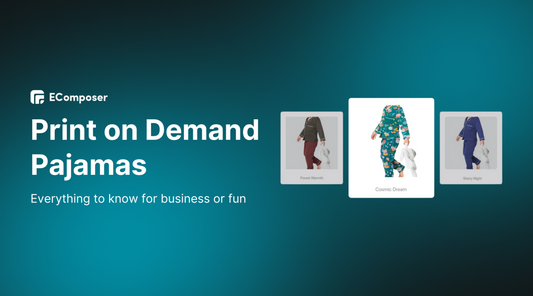
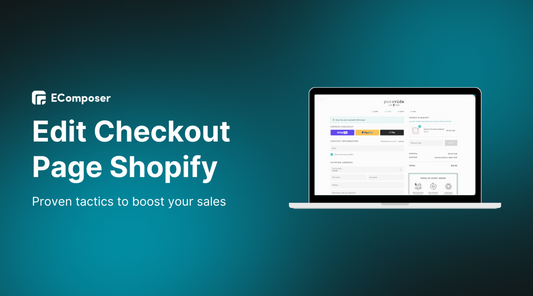
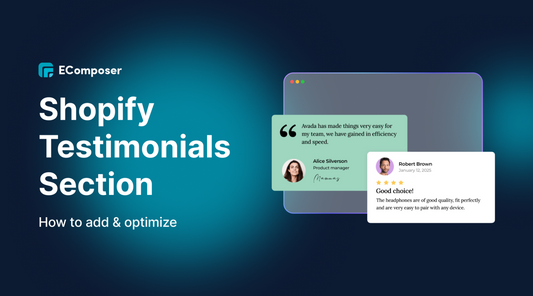
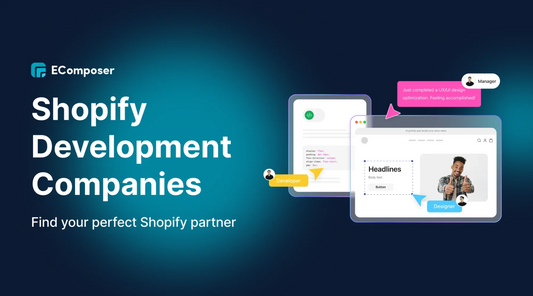
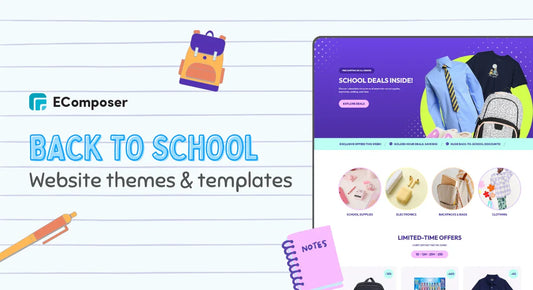







0 comments